One of the more important things in your car, travel trailer or 5th wheel is your tires. After all, the entire weight falls on them, and knowing if they are good enough is extremely important so you can be safe on the road. One of the main things you need to check is the date code on tires so you can determine the age.
Even if you get new tires for your RV, the age of the tire is important because it’s possible that the tires were sitting in a warehouse somewhere for quite some time. Getting older tires might cause an RV accident which is something that nobody wants. Although it’s highly unlikely that something like that happens, it’s better to know how to read the date code on tires so you know what you’re purchasing.
Every tire has a specific code on it that shows the age of the tire. All tires manufactured after the year 2000 have a letter DOT code and the last part of the DOT code have some numbers. These numbers are known as the digits of the DOT and this is the actual manufacture date of the tire. There are four numbers in total on this part of the date code. The first two numbers are indicators of the week of the year the tire was built while the second two numbers indicate the year in which it was made. By locating this DOT number on your tire you can easily determine the age of your tire.
While there is not a dedicated side on the tire where the DOT code has to be, the tire manufacturers are obligated by the department of transportation to put it on the tire. The place where it’s most often located on tires is the inner sidewall of the tire. This is not a rule so if it is not on the inner sidewall you might need to turn the tire around to find the number but it has to be there.
The DOT code doesn’t just have the date codes on tires but it also has other information.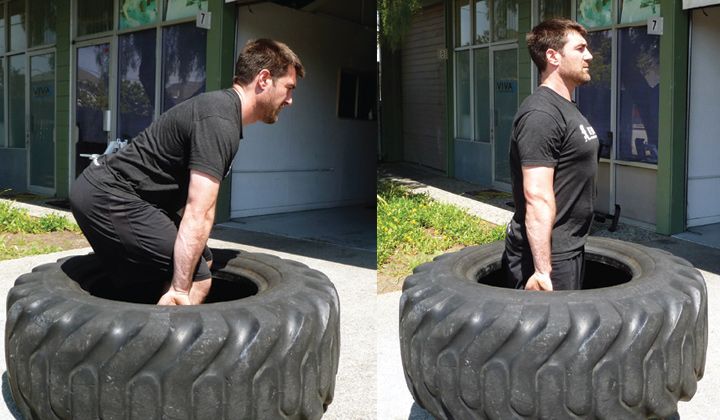 After the DOT part of the code, you have the plant code of the tire followed by the tire size. After those two there are a few more markings which indicate some characteristics of the brand and only after that are the numbers for the tire age.
After the DOT part of the code, you have the plant code of the tire followed by the tire size. After those two there are a few more markings which indicate some characteristics of the brand and only after that are the numbers for the tire age.
Essentially, the agreed length of the life of a tire is somewhere between six and ten years. It would depend on many factors such as what materials the tire is made of but to be on the safe side of things it’s generally not wise to get tires that are older than 10 years. Even if they are not worn out it is not a good option to get tires that were stored somewhere for more than 10 years.
Depending on how much you travel and how well you take care of your tires, your tires can last a long time. However, it’s good to change them every 4 years on average. According to the law, if your tires get worn out and the depth of the tread is lower than 1.6mm you have to replace the tires. The recommended length at which you should replace your summer tires is 3mm and your winter tires at 4mm. These changes will ensure your safety on the road and make sure that you don’t get into an accident because of improper or worn-out tires.
These changes will ensure your safety on the road and make sure that you don’t get into an accident because of improper or worn-out tires.
Knowing how to determine when a tire was produced will certainly save you some money and increase your safety on the road. Although not many tires reach their 10th birthday and become unsafe some do which is where this little information will prove to be very useful. If you are unsure about your tires or you are about to buy tires that might be older, locate the date code on tires which is usually on the inner sidewall and check the last four digits. They will reveal the week and the year the tire was made by the manufacturer and afterward, you can calculate if the tire is too old or not.
We hope that this article on how to read the date code on tires and how to determine the age of your tires will help you make an informed decision when you are wondering if your tires need to be replaced.
What is the proper tire inflation?
Maintain air pressure at the maximum PSI recommended on the tire sidewall. It's best to check tire pressure with a quality tire gauge when tires are cold and in the shade.
It's best to check tire pressure with a quality tire gauge when tires are cold and in the shade.
Under inflation is the number one cause of trailer tire failure. An underinflated tire creates abnormal tire flexing and excessive heat causing:
- Ride and handling problems
- Decreased fuel efficiency
- Reduction of tire life
Driving on tires with too much air is also not recommended. Over-inflated tires are more likely to cut, puncture or fail by sudden impact.
How do I determine the age of my trailer tires?
Every tire has a date code stamped on the sidewall, which is the date the tire was manufactured. The date code is usually at the end of the DOT I.D. and is a 4 digit number. The first two numbers indicate the week (out of 52) and the last two digits indicate the year. For example, 3409 means the tire was manufactured the 34th week of 2009.
Please keep in mind that remaining tread is not an indicator of tire life as the irregular duty cycle requires that trailer tires sit in extended storage under static load conditions often for long periods without movement or maintenance causing the tire carcass (internal structure) to break down, a condition undetected by visual inspection.
What does “ST” mean?
Trailer tires are designated “ST” for “Special Trailer” tires. Trailer tire requirements differ greatly from automotive or light truck tires. Automotive tires are designated “P” for Passenger or “LT” for Light Truck and are not designed for trailer use. Passenger or truck tires, with their more flexible sidewalls, can result in trailer sway problems. The stiffer, heavy duty sidewalls of ST tires are designed to control and reduce sway problems. The construction, design, materials and testing used in “ST” tires meet the higher load requirements, duty cycles and special demands of trailering.
How fast can I travel on Carlisle trailer tires?
In the past, most trailer tires were rated at 62 or 65 mph. Today, some of our tires are "rated" (speed symbols) at 87 mph (N), some at 75 mph (L), some at 65 mph (J: ST tires) and some at 62 mph (J: non-metric tires).
Please remember that speed ratings are test speeds and not recommended driving speeds. The ratings apply only to the tire itself, and not a particular vehicle. The speed rating does not mean that the vehicle can be safely operated at the tire's rated speed.
The ratings apply only to the tire itself, and not a particular vehicle. The speed rating does not mean that the vehicle can be safely operated at the tire's rated speed.
We recommend driving no more than 60 mph when towing a trailer. Please always drive at a safe speed and abide by the posted speed limit.
Is it a good idea to install tubes in trailer tires?
Carlisle trailer tires are tubeless tires, meaning they don't require a tube. Our recommendation is that tubeless tires be used without tubes. We do not recommend that customers use a tube to "fix" a flat tire. Flat tires should be inspected and repaired (if possible) by a tire dealer.
Tube-type tires.
When using a tube-type tire, be sure to use the proper size tube, the proper flap and an appropriate wheel/valve stem style with a new tire.
I have two brand new Carlisle tires and two that are about 30% tread. Does it matter which tires are on the front or back axle?
Keep the new tires on the same axle and the two worn on the other.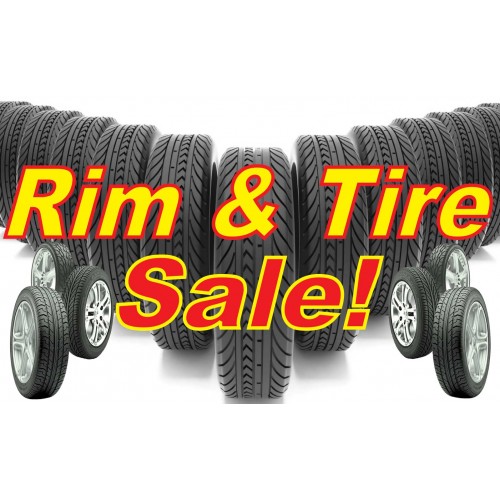 It shouldn't matter if they are positioned in the front or the back. But please keep in mind that tires mounted on the rear axle are likely to wear faster than the tires on the front axle.
It shouldn't matter if they are positioned in the front or the back. But please keep in mind that tires mounted on the rear axle are likely to wear faster than the tires on the front axle.
Where do I register my new tires?
The tire warranty registration form is on-line at: http://register.cimstireregistration.com/index.cfm?id=carlisle
What information do I need to register? For example, my tire side wall reads: TWI AQ12 DOT AQB5 O512
TWI AQ12 DOT AQB5 O512 means:
- TWI: tread wear indicator, which is marked on the upper sidewall
- AQ12: mold number
- DOT: Department Of Transportation
Please register the information following the DOT mark which is "AQB5 0512".
- AQ: Manufacturing plant code
- B5: Manufacturer specific tire size code
- 05: Production week
- 12: Last 2 digits of the year of manufacture (2012)
There is room for 12 digits on the registration form but Carlisle only uses 8 digits.
Carlisle states that your trailer tires exceed DOT requirements. What do you do to exceed DOT requirements?
What do you do to exceed DOT requirements?
Trailer tires are held to the FMVSS119 standard for DOT. The endurance test under this standard is typically either 34 hours or 47 hours depending on the size of the tire. The load during the test varies from 66% up to 114% per the DOT requirement. Carlisle always extends the test after meeting the minimum endurance requirement for passing DOT by increasing the load to 130% and continuing the test. Our standard production checks are set to meet approximately twice the mileage required by DOT on the endurance wheel. We also have development standards that will exceed our standard production checks to insure that our product is robust enough so that we well exceed the DOT requirement at all times.
Should I choose 8 ply over 6 ply tires?
The 8 ply (Load Range D) will carry more load than the 6 ply (Load Range C) so it depends upon the weight of your trailer. Never exceed the maximum load rating stamped on the tire sidewall or the maximum vehicle load rating, whichever is less.
Trailer Tires Side Wall Specifications
The side wall of a trailer tire provides specific information regarding the size and style of the tire. For example, ST175/80D13C means:
- ST - Specialty Tires for trailer use only.
- 175 - The maximum width of the trailer tire is approximately 175 millimeters at its widest point.
- 80 - The height of the sidewall is 80% of the width, in this case 140 millimeters.
- D - (For diagonal) shows that this is a bias tire. The belts on this tire run diagonally from bead to bead or at about 45 degree angles to the center line of the tire. If your tire shows the letter R, your tire is a radial tire. The belts on this tire run radially from bead to bead or at 90 degree angles to the center line of the tire.
- 13 - Indicates this tire fits on a 13 inch diameter wheel.
- C - Is the load range. Typically a "C" load range is equivalent to a 6 ply rated tire, "B" is a 4 ply, "D" is an 8 ply and "E" is a 10 ply rating.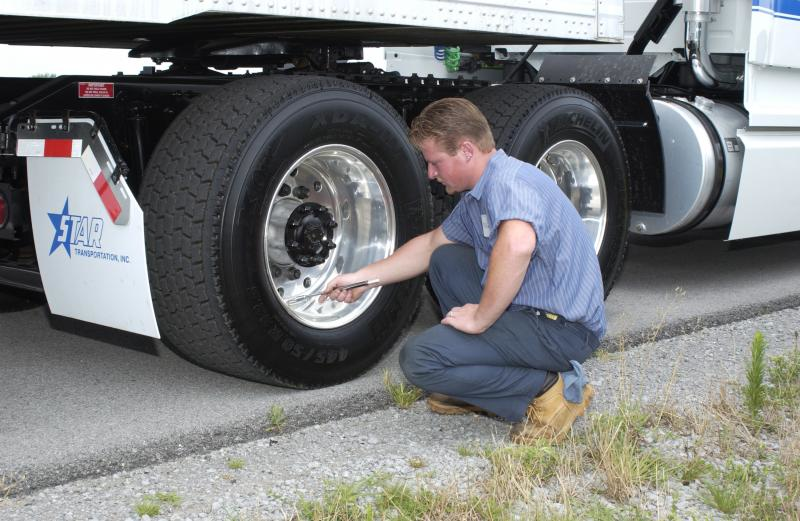
Should trailer tires be rotated?
Trailer tires can be rotated when on a tandem axle to achieve move even wear across the set of tires.
Can trailer tires be plugged and patched?
A dealer may be able to repair a trailer tire with a puncture. Some tires are not repairable based upon the size and location of the puncture.
What is the maximum psi limitation for your trailer wheels?
Max air capacities are typically a function of the tire, not the wheel. Unlike tires, the load rating of a wheel is not generally dependent on the operating pressure. The wheels themselves are manufactured and tested to a load rating (without consideration of pressure) and can safely support that load. As long as the load is within the limits of our wheel's load rating in pounds, our product will perform as expected.
Eduard Solodin
drives a car with a trailer
Author profile
The trailer is great for doing repairs, building something or moving.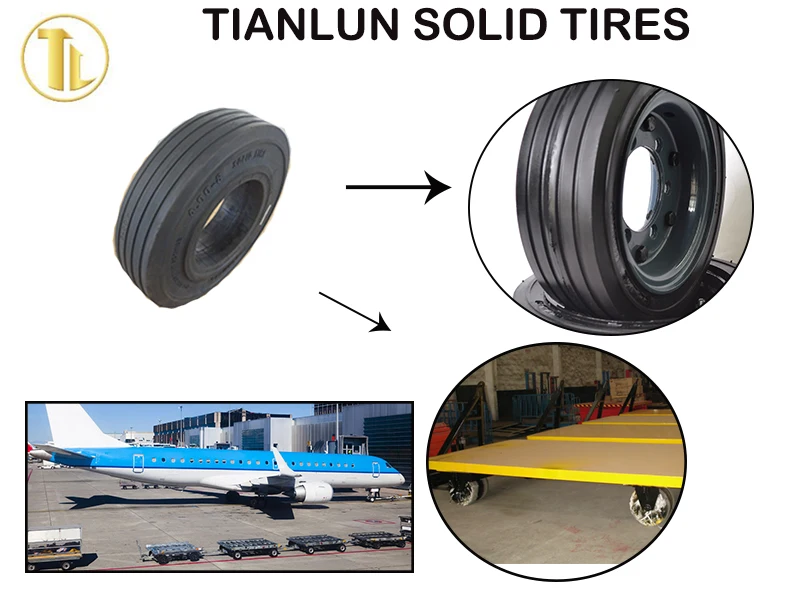
When I moved to another city, I needed to take furniture, household appliances and other bulky items with me. It was possible to order a small truck, but I decided to do everything myself and transport things on a trailer. Before that, I had no experience of driving with a trailer, and the car did not even have a tow bar. I studied the theory and drove more than 3,000 km with a trailer. It turned out that everything is not as simple as it seems.
I will tell you how to equip a passenger car with a towbar, what documents you need to carry with you, how to properly distribute the load and what are the features in driving a car with a trailer. In addition, let me remind you of the rules for transporting a trailer and penalties for those who violate them.
A trailer is a vehicle without an engine that can carry goods. Trailers are popular with summer residents during the harvest, they are used when moving, building and repairing.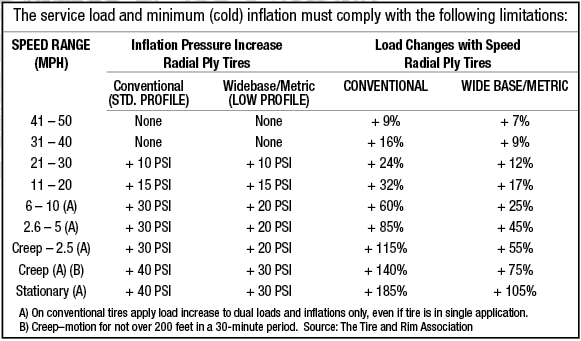 You can load bulky items into the trailer that do not fit in the interior and trunk of the car, and not worry that they will damage the plastic trim or seat upholstery.
You can load bulky items into the trailer that do not fit in the interior and trunk of the car, and not worry that they will damage the plastic trim or seat upholstery.
In addition, the trailer can be a whole house on wheels, which you can bring anywhere and live in it. ATVs and motor boats are also carried on trailers. This is an opportunity to transport almost everything you need in a personal car at any time without outside help and at any time.
/avtodom/
How much does it cost to maintain a motorhome
You don’t have to buy a trailer, you can rent itto the car frame at the back. Officially, it is called a towing device, hitch. A towbar, unlike a trailer, is not a universal device: it must be selected for a specific car model.
Tow bar may be standard from the factory. If not, you can buy the original one as an accessory. For some cars, you have to look for a non-original towbar - before buying, make sure that it has a certificate of conformity. Sometimes, when installing a non-original hitch, you have to file the bumper.
Sometimes, when installing a non-original hitch, you have to file the bumper.
It is convenient if the towbar immediately comes with an electrical kit: socket and wiring. They are needed so that the brake lights and turn signals light up on the trailer - this is a prerequisite. But if there is no standard kit, then the electrical part can be purchased separately. It is universal and is not tied to a car or towbar model. If you have an expensive car, it makes no sense to overpay for a kit that, according to legend, was made just for her. Look at the original for some common and low-maintenance model.
/prava/supercar/
Rights if you buy a car
Sometimes an additional matching unit is needed - a set of relays, without which the on-board network of a car with a new towbar may not work correctly. Here are examples of troubles:
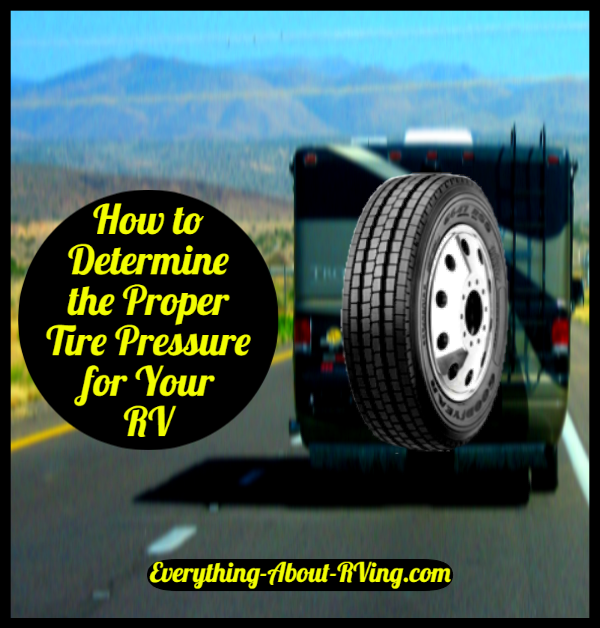
I have a Hyundai Creta, and the first thing I did was go to Drive-2 to look for records of people who had already installed a hitch. So I found out that I don’t need a matching unit, because I have a complete set with ordinary halogen lights - everything will work correctly anyway. If they were LED, I would have to buy. The matching block costs about 2000 R.
How to install a tow bar. In my case, it is enough to fasten it with connecting bolts to the standard holes on the rear spars. The bumper does not need to be removed or cut.
The most difficult part is the electrics. To connect the device, you need to remove the trunk trim and gain access to the car's wiring. I don’t understand this at all, so I decided to trust a specialist. He measured the voltage and confirmed that in my case, the matching block was not needed.
I drove around and called about ten car services before I found the right one. For some reason, the first service refuted information from the Internet about the matching unit: allegedly, for LED lamps, the matching unit is not needed, but for ordinary lamps it is mandatory. In the second, they agreed to the installation only if the towbar was purchased from them. In the third, they said that on my Crete it is necessary to cut the bumper, even if the towbar is certified. Another service responded that a trailer was needed and nothing could be done without it.
In the second, they agreed to the installation only if the towbar was purchased from them. In the third, they said that on my Crete it is necessary to cut the bumper, even if the towbar is certified. Another service responded that a trailer was needed and nothing could be done without it.
The price of work was varied in the range of 4000-8000 R. My rubber was set for 1,500 r, and the electric part was connected for 2500 r.
4000 R
I paid for the installation of the fagot and it is connected to the car wiring
make sure that the car service is certified for the installation of towbars and can put a mark in the service book. This will avoid problems with the guarantee for the car and with the traffic police, when the car will have to be sold and registered with another person. The installation of a towbar does not need to be registered with the traffic police, but the inspector may ask to show a certificate of conformity for a non-original towbar and a mark in the service book.
At the front of the trailer there is a drawbar - a triangular welded structure that is attached to the towbar. Some trailer models have a support wheel on the drawbar. It lowers and rises with the help of a handle and makes it easier to dock the trailer with the hitch. At the end of the drawbar there is a hitch. Usually this is a “cup”, which is put on the towbar ball and fixed with a lever.
Flat trailer frame with folding drawbar. Source: trailer-boat. ru
ru Flatbed trailers are needed for the transportation of goods and small equipment. They have a square or rectangular floor with low sides. This is the most common option.
/kater-perm/
How much does it cost to keep a boat in Perm
Boat trailers are used to transport boats, boats, jet skis and even yachts. They do not have sides, and the frame is equipped with skids or rollers along which the watercraft moves. To make it easier to load and unload a boat trailer, use a winch.
Trailers are also divided into light and heavy trailers. Trailers are considered light if their maximum permitted weight is not more than 750 kilograms. It includes the weight of the trailer itself - the curb weight - and the weight of the load. Such a trailer does not have separate brakes: the tractor to which it is attached slows down and stops.
Heavy trailers over 750 kg must be equipped with brakes.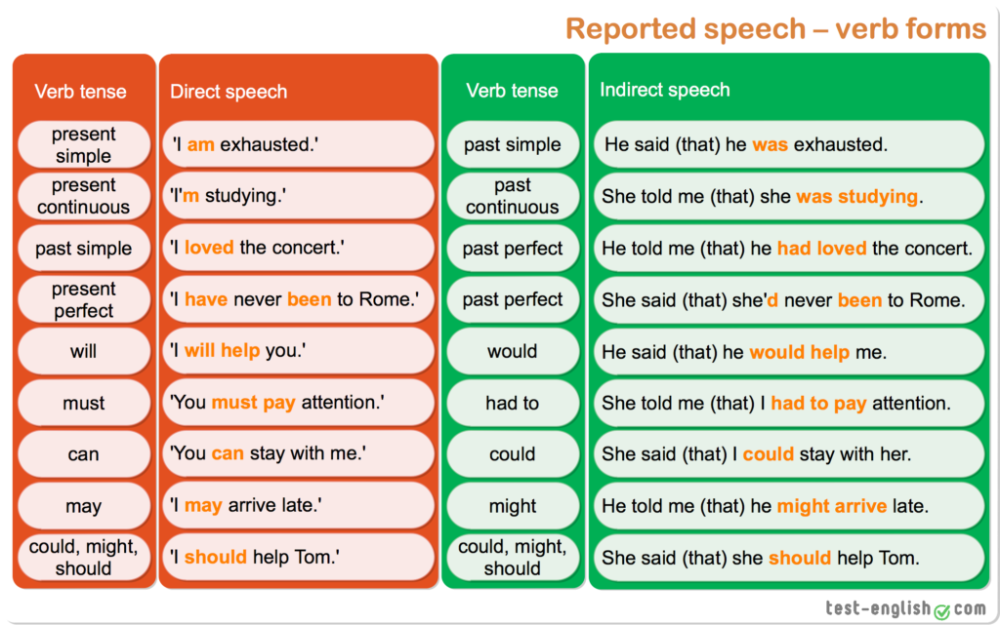 Their device is based on inertia: when braking, the drawbar presses on the towbar and clamps the brake pads of the trailer. Heavy trailers may have not one, but two axles.
Their device is based on inertia: when braking, the drawbar presses on the towbar and clamps the brake pads of the trailer. Heavy trailers may have not one, but two axles.
Vehicle passport is a document containing information about the trailer and its owner. From the PTS, you can find out, for example, the VIN of the trailer, the maximum permitted weight, year of manufacture and color. A title is issued upon purchase of a new trailer; when the owner changes, changes are made to it.
Registration certificate is the main document for the trailer, which confirms its registration with the traffic police. It contains the owner's data and license plate number.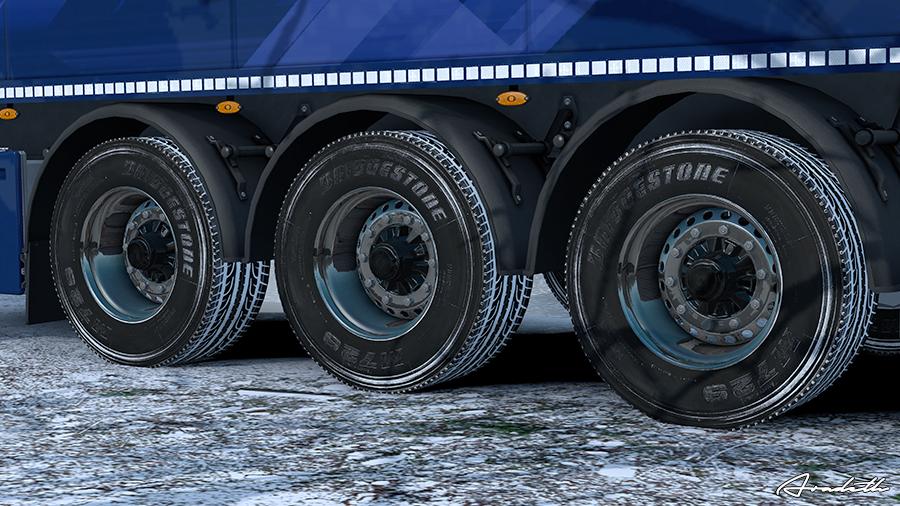 The state duty for issuing a registration certificate is 500 RUR, when applying through the public services portal - 350 RUR.
The state duty for issuing a registration certificate is 500 RUR, when applying through the public services portal - 350 RUR.
A license plate for a trailer is issued together with a certificate of registration with the traffic police. If the trailer does not belong to the driver and traffic cameras record a violation according to the trailer's license plate number, then the fine will go to its owner, not the driver. State duty for the issuance of registration plates - 1500 RUR, when issued through public services - 1050 RUR.
/guide/auto-registration/
How to register a car with the traffic police
Driving license for trailer transportation. For trailers with a maximum authorized weight of up to 750 kilograms, special rights are not needed, category B will do. If the trailer's load capacity is more than 750 kilograms, category BE rights are required for transportation. Such trailers when loaded may exceed the mass of the car itself: for example, a caravan trailer.
OSAGO insurance. A separate trailer insurance policy is not required. A mark in the current one is required that the car is used with a trailer. If you took out a policy before buying a trailer, you need to inform the insurance company about making changes to the policy, it's free. If the policy is electronic, then after making changes, a policy with a new number and mark will be sent to the email.
So what? 04/12/22
5 important changes in the OSAGO rules from October 1, 2022
Inspection. If the trailer belongs to an individual and its mass does not exceed 3.5 tons, then it is not necessary to undergo a technical inspection and receive a diagnostic card.
If the trailer has been idle for a long time or there have been temperature fluctuations, it is important to check the tire pressure before docking it. The recommended pressure is written in the trailer operating manual. Usually it is 2-2.2 atmospheres. The maximum pressure is indicated directly on the tire.
Before the first coupling of the towbar and the trailer, the ball must be lubricated with grease, lithol or similar grease. So that later the ball does not stain clothes and dust and dirt do not settle on the lubricant, it is covered with a special cap.
To dock a car and a trailer, you need to bring the cup of the trailer hitch so that it is located above the tow ball. If the trailer is equipped with a support wheel, then by turning the handle, you can lower the cup onto the ball and fix the connection. The undocking must be done on level ground so that the trailer does not move forward and damage the rear bumper of the car.
If somehow the cup comes off the ball, the trailer will hold the safety chain, which is additionally attached to the hitch. For this, there are holes for the bolt and nut, on which the chain is fixed. If it is not there, it is forbidden to drive with a trailer.
An electric plug is located on the hitch, which is connected to the towbar socket. Thanks to this, the turn signals, brake lights and parking lights of the car are duplicated on the signal lights of the trailer. Without these duplicate signals, driving with a trailer is also prohibited. Over time, electrical contacts oxidize, so it is useful to check if all the signals on the trailer are working.
What not to do with car headlights and lamps: 7 mistakes of drivers
Trailer hitch: cup, retainer, electric plug and support wheel for easy docking Bumper damaged when uncoupling a loaded trailer, which was standing at an angle Load distribution. In order for the trailer to be stable in turns, not to jump on the road and not provoke a skid, it is important to properly load it. The center of gravity of the trailer must be above the axle of the wheels. This means that you cannot move the load to the beginning or end of the trailer. It must be evenly distributed over the entire surface, and if the load is single, placed above the axle. The optimal weight distribution is 60% for the front and 40% for the rear.
The trailer's operating manual or information plate indicates the permissible load. The tow ball usually accounts for 10% of the trailer's load capacity, that is, 30-90 kg. There are scales on the support wheels of some trailers, but in practice you have to check the load yourself. To do this, you need to try to raise the drawbar of the uncoupled loaded trailer with your hands and roughly estimate the load.
If a grown man is unable to raise the drawbar, the front of the trailer is overloaded. In this case, the load on the towbar ball and the rear axle of the car increases. A trailer overloaded at the front will tend to lift the front axle of the car, which can cause it to lose traction in an emergency.
If the center of gravity is shifted to the rear, the trailer raises the rear of the vehicle, which can lead to a skid. At the same time, the trailer rocks the car up and down and can even fall off the towbar ball.
Handling. A car with a trailer becomes less manoeuvrable. The hardest thing to get used to is how the trailer behaves when driving backwards. Usually, the rear of the car, when the steering wheel is turned to the right, goes to the left, but with a trailer, the opposite is true. You need to turn the steering wheel in the direction where you want to direct the trailer. If you turn the steering wheel too far and continue driving, the trailer may fold and damage the rear bumper.
/guide/wheel-drive/
Which drive to choose: RWD, FWD, 4WD or AWD
When overtaking and changing lanes, a car with a trailer needs more space. You must always remember this so as not to "cut off" other vehicles. When turning with a trailer, you should not cut corners, but vice versa - take a turning radius larger than usual by about a meter. The trailer turns in a radius smaller than the wheels of the car. This is especially true at gas stations, when the driver drives close to the column.
When accelerating, a trailer with a high tarpaulin or tailgate of an open trailer creates windage, so the vehicle accelerates more slowly. This is important to take into account when overtaking. A loaded trailer, when braking by inertia, pushes the car forward, so you have to brake harder and keep a distance twice as long as usual.
With a trailer, do not accelerate and brake abruptly. Movements should be as smooth as possible - as when towing another car. When turning, you do not need to brake, as this can fold the trailer or tip it over. You should slow down before turning, and after passing the middle, add a little gas. If the trailer sways, the driver will most likely want to slow down, but this is not worth doing: things can get worse and the trailer will collapse. Therefore, you need to accelerate to level the trailer. Of course, if traffic conditions permit.
/guide/buksir/
How to tow a car correctly
Parking with a trailer is also inconvenient. Ordinary parking pockets are not intended for trailers - you need to look for special places for long vehicles or leave a car with a trailer on the side of the road.
Spending. Fuel consumption when driving with a trailer depends on many factors: the shape of the trailer, the presence of a tarpaulin, wind speed and direction, driving style and terrain. Even the dimensions of the tractor matter. For example, if an SUV pulls a trailer that does not exceed its height, then the aerodynamic drag will be less.
Fuel consumption when driving with a trailer increases from 10 to 50%. For example, if the consumption on the highway without a trailer is 8 liters per 100 kilometers, then with it it will be 10 liters per 100 kilometers - 25% more.
/guide/fuel-economy/
How to save on gasoline
If a car with a trailer over 2 meters drives on toll roads, then the fare for it increases to the second class - “medium-sized transport”. The fare increases by about 40%.
The speed of a vehicle with a trailer outside built-up areas must be reduced by 20 km/h. On highways, the maximum speed is 90 km/h, on country roads — 70 km/h. In populated areas, the speed may be the same as without a trailer.
Marker lights on the trailer must be lit at night, in poor visibility and in the tunnel. If the trailer is hard to see on the road, it can lead to an accident. Penalty for non-working marker lights - 500 R.
Part 1 12.5 of the Code of Administrative Offenses of the Russian Federation
It is forbidden to carry people in the trailer. Even if it is not an ordinary trailer, but a cottage trailer. Passengers must wear seat belts while driving. For violation of this rule, a fine is provided - 1000 R.
Part 2 Art. 12.23 Administrative Code of the Russian Federation
Penalties for driving with a trailer without documents. If the trailer is not registered with the traffic police and 10 days have passed since its purchase, a fine from 500 to 800 RUR is provided. For a repeated violation, the fine increases to 5000 RUR or you can lose your rights for 1-3 months. If the trailer is registered, but the driver did not have any documents with him, then he will receive a warning or a fine of 500 R. The trailer can also be evacuated to a parking lot.
Art. 12.1 of the Code of Administrative Offenses,
, part 1, art. 12.3 of the Code of Administrative Offenses,
, part 1, art. 27.13 of the Code of Administrative Offenses of the Russian Federation
Sign "traveling with a trailer is prohibited." Those who have little experience in driving a car with a trailer are confused by the sign 3.7 SDA. In fact, it only applies to trucks and tractors - a car with a trailer passing under this sign does not violate anything.
Car tires - an elastic shell mounted on a disc rim. It is the tires that dampen the small vibrations that occur due to imperfect roads and compensate for the inconsistency in the trajectories of the wheels. The characteristics of tires affect: driving comfort, maneuverability and vehicle stability. However, even the highest quality rubber eventually deteriorates. Therefore, every driver should know how to correctly determine the degree of tire wear in order to replace them in time. Car and truck tires have different periods of use, depending on both the initial characteristics of the products and the operating conditions.
Tires wear out not only due to operational loads. They are characterized by natural aging, since the rubber compound from which the tires are made gradually loses its elasticity and resilience. The use of such rubber leads to a deterioration in vehicle controllability and creates dangerous conditions due to the high probability of tire rupture on the way.
In accordance with GOSTs 4754-97 and 5513-97, the warranty period for car tires is 5 years. Foreign manufacturers claim that the working life of tires is 5-10 years. There are no legislative acts obliging drivers to change tires after this period, but in order to create safe driving conditions, the driver must take into account the recommendations of GOST. Manufacturers usually set their own warranty periods.
Michelin, Bridgestone, Nokian, Continental, Dunlop, Pirelli, Yokohama:
| Brand | Warranty period declared by the manufacturer |
| Bridgestone | Tire dependent - 3-6 years |
| Nokian
| 5 years |
| Continental | 10 years old |
| Dunlop | Tire dependent |
| Pirelli | Tire dependent |
| Yokohama | 5 years |
| Michelin | 10 years old |
During the warranty period, the responsibility for identified significant defects rests with the manufacturer. The owner of the vehicle will be forced to eliminate defects on his own if there have been:
If the vehicle is used intensively, it may be necessary to replace the tires before the end of the warranty period. Therefore, regulatory documents establish the mileage after which you should think about replacing tires.
The maximum standard mileage is:
The actual rate of tire wear may differ from the standard values due to a whole list of factors, such as:
You can determine the need for tire replacement yourself by the following signs:
Table of minimum allowable tread depth for different modes of transport as amended on 01.01.2015
| Minimum allowable remaining tread depth | Type of transport |
| 0.8 mm | L - motorcycles, mopeds, quad bikes |
| 1. | N2, N3, O3, O4 - trucks over 3.5 tons MPW and trailers over 3.5 tons MPW |
| 1.6 mm | M1, N1, O1, O2 - cars, trucks and trailers with a maximum authorized mass of less than 3.5 tons |
| 2.0 mm | M2, M3 - buses |
| 4.0 mm | Winter tires marked M+S, M&S, M S, the amount of residual tread depth does not depend on whether tires are installed on cars or trucks |
Important! If the outside edges of the tire wear faster, the inflation pressure is too low. Accelerated wear of the central part indicates excessive pressure. Wear on one side indicates a violation of the toe angle. Uneven surface wear is evidence of aggressive driving with rapid acceleration and hard braking.
You can extend the life of your tires by doing the following:
Regulatory document regulating the terms and conditions of tire storage - GOST 24779-81.